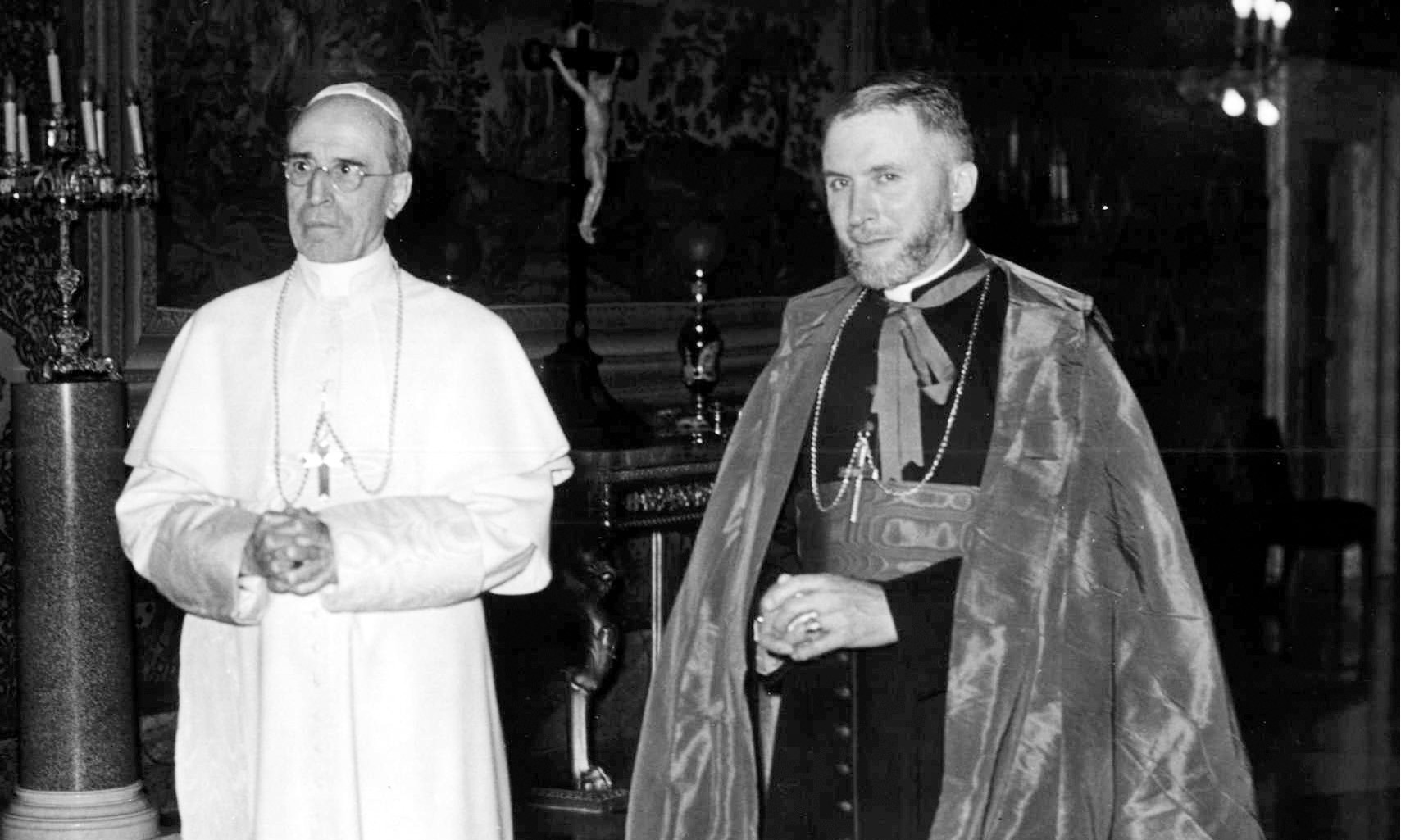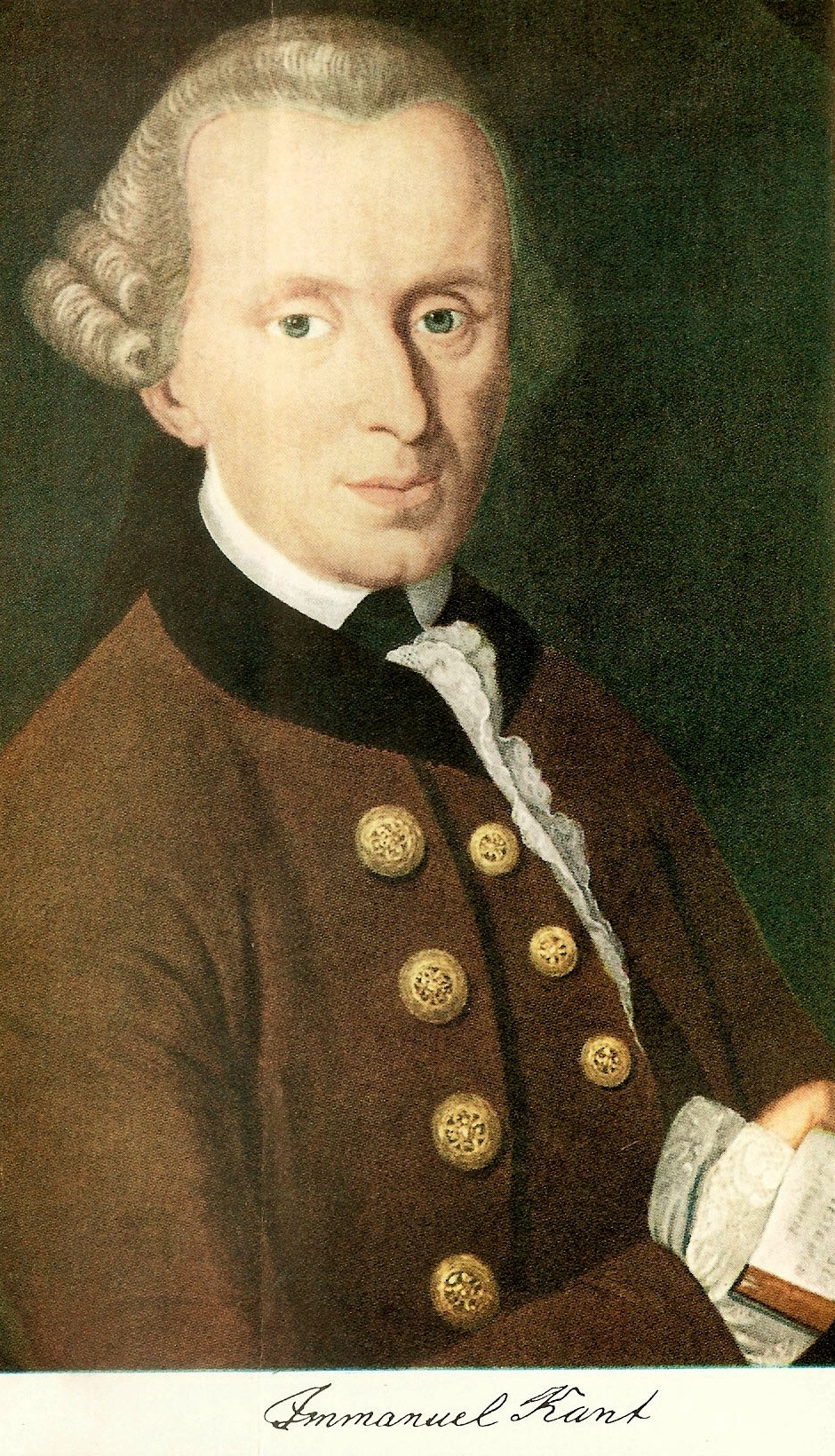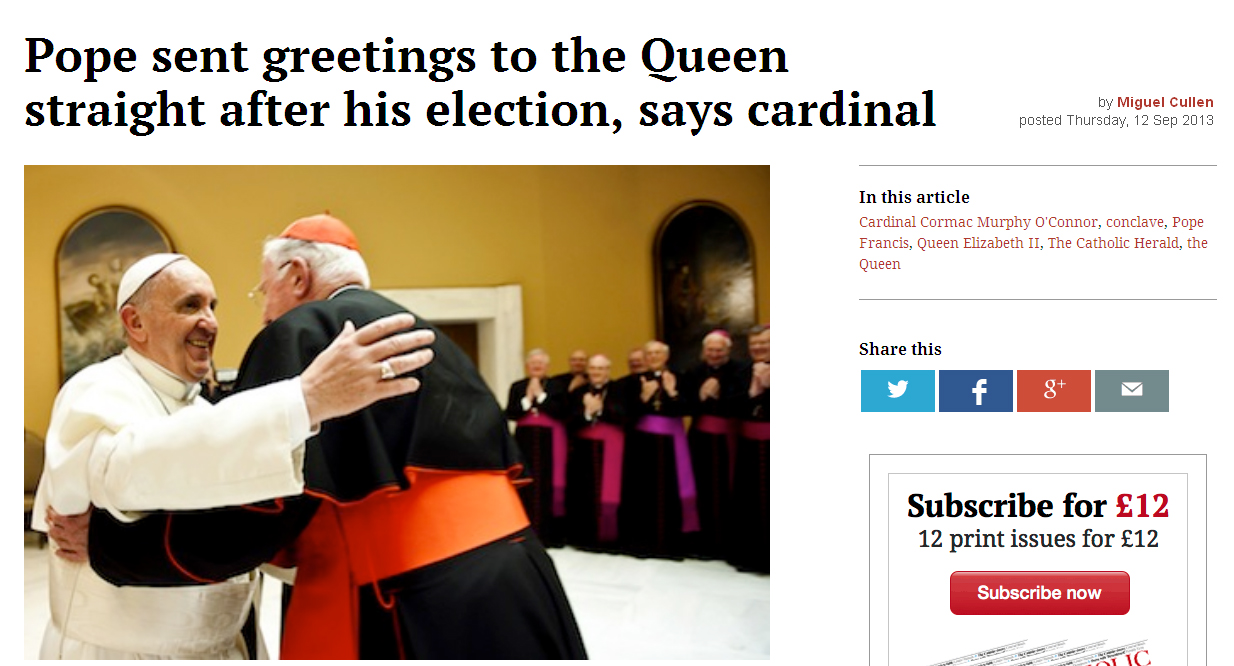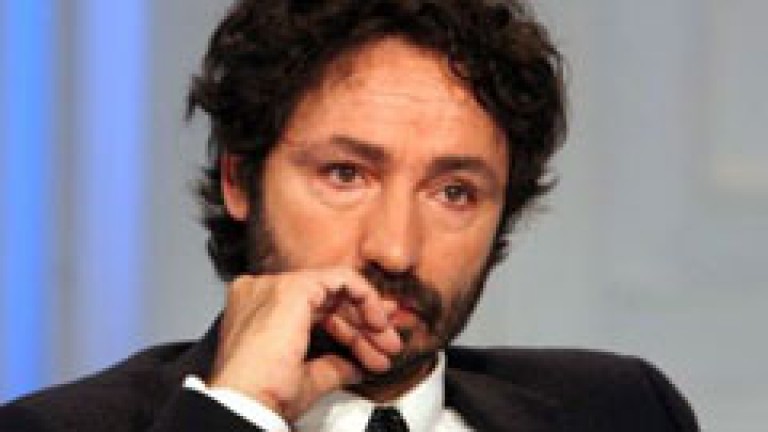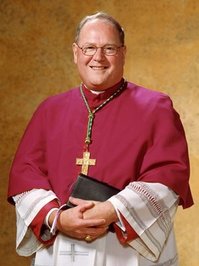La traduzione italiana segue
First, an excerpt from our Chronology of reports regarding “Team Bergoglio”…
January 5, 2015: Espresso Online, publishes Sandro Magister’s, He is Pope. Elected by All the rules, which contains as an addendum citations from an study by a canonist Geraldina Boni, in which the thesis of Antonio Socci is rebutted, incompletely (full text of Boni in Italian is published simultaneously here); since, Socci says rightly that no more than 4 ballots can be made in 1 day, but Boni states that if 1 ballot was nullified on account of there being 1 extra blank vote-ballot (UDG 68), then no violation of the rules (UDG 63) took place, which is to merely counter’s Socci’s assertion with an assertion. The article also makes passing comment regarding “Team Bergoglio” but ignores any substantive consideration of UDG 81. That Sandro Magister considers the arguments regarding the invalidity of Cardinal Bergoglio’s election worthy of rebuttal is astounding of itself.
Our Critique
As for Sandro Magister’s argument, set forth in his article at Espresso Online, it is worth no more than Boni’s argument.
But, Geraldina Boni’s argument fails in this, that she builds her argument upon the assertion that the re-do of the votation on account of an extra-ballot is of itself not a violation of UDG 63, which specifies that 4 ballots a-day are alone permitted. She fails to recognize that in the fulfillment of every section of UDG, no violation of UDG 63 can be made or excused. It is preposterous to assert what she asserts, because on account of what is said in the text of UDG’s Promulgation, at its very end, there is declared null and void anything and everything done contrary to the terms set forth in the papal law.
The authentic dispute regards the meanding of the Latin text in UDG 68, in which the Latin text reads:
… Quodsi schedularum numerus non respondet numero electorum, omnes comburendae sunt, et iterum, id est altera vice, ad suffragia ferenda procedatur; si vero schedularum numerus numero electorum respondet, subsequitur publicatio scrutinii, quae hoc modo fit.
Our unofficial English translation is as follows:
Wherefore, if the number of vote-ballots does not correspond to the number of electors, all are to be completely burnt, and one is to proceed to take, again, that is, another time, the ballots; but if the number of vote-ballots corresponds with the number of electors, there follows the publication of the count, which is to be done in this manner:
Because in Latin, the phrase means that there follows another vote, which is not made on the basis of the first one being considered as if it was never done, as Boni holds (tamquam non esset), but as the second of two, for in Latin “another” can be signified in 2 manners: with the word, alia, and then one means another without relation to the first; and altera, which is always said in relation to the first, in the sense of something to be counted as a second. The Latin text, lacking the specification that Boni would have it contain (the “tamquam non esset”, i. e., as if the first never took place), must be read in the strict sense of a redo, and thus another scrutiny.
That Socci’s argument is more probable can be seen from the text of UGD 63, 64, and 65, where a scrutiny is defined precisely as the entire process of voting (suffragia ferenda), sorting, counting, publishing. That there are only 4 of these suffragia, means that when it says in UDG 68 that one is to proceed to taking the suffragium again, that the suffragium is to be counted as one of the 4 allowed. This argument of Socci is more probable; that of Boni appears based on the meaning of the Italian word, “altra”, which does not have the precision of the Latin, “altera”.
However, that the contrary of Socci’s argument seems probable, is from the plural used in the same phrase, ad suffragia ferenda (one proceeds take the ballots, suffragia), because the Latin could have said, ad alterum sive alium suffragium ferendum, that is, “to take a second or another ballot”, but it uses the plural, which at least in Cardinal Napier’s mind (see his Twitter feed), means the taking of the votes (suffragia), not an entire scrutiny (scrutinium).
The papal law itself, should, in our opinion, be corrected to read: and within the same scrutiny, one is to proceed to another taking of the ballots, as if the erroneous balloting never was (et iterum infra idem scrutinium ad suffragia ferenda procedatur tanquam prima mendosa non illata sint).
===================================
La traduzione italiana, a cura di Antonio Marcantonio
===================================
Sandro Magister si esprime sulla nullità del conclave del 2013
Cominciamo con un estratto dalla nostra Cronologia dei reportage sul “Team Bergoglio”.
5 gennaio 2015: Espresso Online pubblica l’articolo di Sandro Magister È lui il Papa. Eletto in piena regola, che contiene in appendice la citazione di uno studio della canonista Geraldina Boni, in cui la tesi di Antonio Socci viene contestata in modo insoddisfacente (il testo completo della Boni in italiano è stato pubblicato contemporaneamente qui), dato che l’affermazione di Socci secondo la quale non si possono fare più di quattro scrutini al giorno è corretta. In realtà, affermando che – qualora uno scrutinio fosse stato annullato per via della presenza di una scheda bianca in sovrannumero (UDG 68) non si sarebbe verificata alcuna violazione delle regole (UDG 63) – la Boni non fa altro che contestare l’asserzione di Socci con un’altra asserzione. L’articolo fa anche dei vaghi riferimenti al “Team Bergoglio”, senza tuttavia dedicare una consistente attenzione al paragrafo 81 della UDG. Il fatto che Sandro Magister consideri degni di oppugnazione gli argomenti che sostengono la nullità dell’elezione del Cardinal Bergoglio è comunque in se stesso sorprendente.
La nostra critica
L’argomentazione espressa da Sandro Magister nel suo articolo su Espresso Online non è di maggior valore di quella della Boni.
L’argomentazione di Geraldina Boni non è valida perché si fonda sull’affermazione secondo la quale la ripetizione dello scrutinio dovuta a una scheda addizionale non sia in se stessa una violazione del paragrafo 63 della UDG, in cui si specifica che sono consentiti solo quattro scrutini al giorno. La canonista non ammette – come dovrebbe – che affinché si compia l’osservanza completa di tutte le sezioni della UDG, nessuna violazione della UDG 63 può essere fatta o giustificata. La sua affermazione non ha senso: in ragione di quanto è espresso nel testo della Promulgazione della UDG (nella parte finale del documento), si dichiara del tutto privo di valore tutto ciò che venga attentato contro i termini stabiliti dalla costituzione papale.
Il vero nucleo della disputa risiede nell’interpretazione del testo latino del paragrafo 68 della UDG, in cui si legge:
… Quodsi schedularum numerus non respondet numero electorum, omnes comburendae sunt, et iterum, id est altera vice, ad suffragia ferenda procedatur; si vero schedularum numerus numero electorum respondet, subsequitur publicatio scrutinii, quae hoc modo fit.
La nostra traduzione non ufficiale è la seguente:
Pertanto, se il numero di schede non corrisponde al numero degli elettori, esse devono essere tutte bruciate, e bisogna procedere di nuovo, vale a dire, un’altra volta, alla raccolta dei voti: ma se il numero delle schede corrisponde al numero degli elettori, si procede alla pubblicazione del conteggio, che deve essere fatto in questa maniera.
Il significato della frase latina lascia ben intendere che la votazione che segue è una nuova votazione e non – come vorrebbe la Boni – una votazione fatta come se la precedente non fosse mai avvenuta (tamquam non esset). È evidente che si tratta della seconda di due votazioni, poiché in latino l’espressione “un’altra” si può esprimere in due modi: con il termine alia – che significa “un’altra” che non ha relazione con “la precedente” – o con altera, termine la cui accezione implica sempre una relazione con “la precedente” e che esprime l’idea di qualcosa che deve essere contato come secondo rispetto all’anteriore. Dato che nel testo latino manca la specificazione erroneamente menzionata dalla Boni (quel “tamquam non esset” che significherebbe “come se la prima non avesse avuto luogo”), esso deve essere letto nel suo significato corretto di una ripetizione, e pertanto di un’altra votazione.
Il fatto che l’argomentazione di Socci sia più cogente è dimostrato proprio dal testo dei paragrafi 63, 64 e 65 della UDG, in cui uno scrutinio viene definito con precisione come l’intero processo costituito da: voto (suffragia ferenda), mescolamento e conteggio delle schede, spoglio dei voti. Dato che solo quattro di questi suffragia sono consentiti, il dettame del paragrafo 68 della UDG secondo il quale bisogna procedere a una ripetizione del suffragium implica che il suffragium che viene ripetuto deve essere contato come uno dei quatto permessi. L’argomentazione di Socci è più attendibile; quella della Boni sembra basarsi sul significato della parola italiana “altra”, che non ha la stessa precisa accezione del latino “altera”.
L’apparente attendibilità della confutazione della tesi di Socci deriva dal plurale utilizzato nella stessa frase, ad suffragia ferenda (si procede alla raccolta dei voti, suffragia): il testo latino, infatti, avrebbe anche potuto dire ad alterum sive alium suffragium ferendum, vale a dire “fare una seconda o un’altra votazione”, ed usa invece il plurale, il che – per lo meno secondo l’interpretazione del Cardinal Napier (vedi il feed del suo profilo Twitter) – significherebbe solamente la raccolta dei voti (suffragia), non l’intero processo di scrutinio (scrutinium).
La norma papale in sé, a nostro avviso, dovrebbe essere corretta come segue: “e all’interno dello stesso scrutinio, si deve procedere a un’altra votazione, come se la votazione errata non si fosse mai svolta” (et iterum infra idem scrutinium ad suffragia ferenda procedatur tanquam prima mendosa non illata sint).[1]
____________
[1] Con le ultime due frasi l’autore, da me consultato in proposito, non vuole di certo ritrattare quanto detto prima, bensì specificare che – qualora si vogliano in futuro evitare ulteriori dubbi sull’interpretazione – il testo in latino andrebbe a suo avviso formulato con più chiarezza. Eventuali perplessità in merito nascono dalla differenza tra la schiettezza dello stile discorsivo anglosassone e la ridondanza di quello italiano. – N.d.T.
==========================
In seguito, un’ anonima (Anna) ha pubblicato come commento al Blog, Chiesa e post Concilio, quest’analisi seguente
—————
La Boni scrive “Essendosi quindi applicato del tutto legittimamente il n. 68, tale quarta votazione dal punto di vista giuridico è incontestabilmente “tamquam non esset”, non andava quindi inclusa e computata fra quelle effettive, cioè giuridicamente valide e complete”.
Oltre alla obiezione fondata sul dato letterale del testo, che costituisce il primo criterio di interpretazione della norma (“..altera, termine la cui accezione implica sempre una relazione con “la precedente”….), potrebbe anche farsi riferimento alla ratio legis, cioè allo scopo che la norma intende raggiungere, l’interesse che tutela.
Se lo scopo del limite massimo di quattro votazioni al giorno è, come dice Socci (e non contestato dalla Boni), evitare un’elezione avventata, viziata da stress e stanchezza dei cardinali elettori, allora il numero da conteggiare per determinare il limite massimo giornaliero dovrebbe essere riferito alle votazioni, quali che siano, e non alle sole votazioni valide.
Le votazioni annullate, infatti, stressano allo stesso modo delle votazioni valide. La formula “tamquam non esset” certamente non è idonea a cancellare, con effetto retroattivo, la stanchezza degli elettori ed il tempo trascorso (cioè la votazione come fatto storico avvenuto), riferendosi piuttosto essa solo agli effetti giuridici e che un atto invalido è inidoneo a determinare.
Tra l’altro l’interpretazione proposta dalla Boni comporterebbe la improponibile conseguenza di consentire non solo cinque ma un numero indeterminato di votazioni nello stesso giorno, nel caso di ripetute violazioni delle norme elettorali, e dunque di ripetute votazioni” tamquam non esset”.
Va poi considerato che l’art. 63 prescrive un numero massimo di votazioni e non già di votazioni valide, quindi andrebbe ritenuta irrilevante la validità o meno della votazione al fine del conteggio del numero massimo di votazioni effettuabili in un giorno ( “Ubi lex voluit dixit, ubi noluit tacuit).
Non mi pare convincente nemmeno la ritenuta applicabilità del n. 68 – che prevede che se durante il conteggio delle schede lo scrutatore incaricato verifica, prendendole in maniera visibile una ad una dall’urna, che il numero delle schede non corrisponde al numero degli elettori, bisogna bruciarle e procedere ad una seconda votazione – invece che il n. 69 – che sancisce che se nello spoglio dei voti gli scrutatori trovassero due schede piegate in modo da sembrare compilate da un solo elettore, se esse portano lo stesso nome vanno conteggiate per un solo voto, se invece portano due nomi diversi, nessuno dei due voti sarà valido, ma in nessuno dei due casi viene annullato lo scrutinio – al caso in questione, in cui “durante l’estrazione delle schede dall’urna per la conta, lo scrutatore che prende una scheda alla volta e la mostra a tutti, prima di deporla nell’altra urna si è accorto che una di queste ne conteneva un’altra, per errore un porporato aveva deposto due foglietti nell’urna, uno con il nome del suo prescelto e uno in bianco, che era rimasto attaccato al primo”. La Boni fonda infatti le sue conclusioni unicamente sul fatto che tale scheda doppia sarebbe stata rinvenuta nella fase di conteggio (disciplinata dall’art. 68) e non in quella dello spoglio (disciplinato dall’art. 69) e, benché il caso (due schede piegate) fosse identico a quello previsto in modo specifico dall’art. 69 quest’ultimo non sarebbe applicabile perché le norme andrebbero applicate come suonano e non interpretate.
Non convince perché quella che viene proposta come applicazione della norma è in realtà una interpretazione di essa, al pari di quella di Socci.
Il caso in questione infatti è anomalo e non risulta disciplinato da nessuna delle due norme.
L’art. 68 disciplina il caso in cui il numero delle schede al momento del conteggio siano di numero diverso dal numero degli elettori, cioè, poiché , le schede sono introdotte nell’urna ripiegate e non vengono aperte al momento del conteggio, riguarda il numero dei “pieghi” introdotti nell’urna , mentre la seconda norma riguarda l’ipotesi di “pieghi” di numero uguale agli elettori (e infatti solo in questo caso si procede allo spoglio), che, una volta aperti, in uno o più casi, presentino “due schede piegate in modo da sembrare compilate da un soloelettore” .
Nel caso in questione un piego invece che essere conteggiato come tale è stato aperto e conteggiato due volte perché contenete due schede attaccate. Si tratta dunque di una ipotesi a cavallo tra le due norme, le quali vanno pertanto interpretate per stabilire quale delle due applicare ed in particolare se sia prevalente l’elemento della fase (conteggio invece che spoglio) o l’elemento dell’oggetto (non già numero di pieghi diverso dal numero degli elettori bensì due schede piegate in modo da sembrare compilate da un solo elettore.
La Boni ritiene di che non ci sia nulla da interpretare e dunque non spiega per quale ragione prevarrebbe il dato della fase rispetto a quello dell’oggetto. Socci invece argomenta, prevedendo peraltro l’obiezione mossagli, e tali argomentazioni non sembrano infondate.
In sostanza Socci ritiene che gli artt. 68 e 69 assumano come criterio di giudizio non il “quando” si è trovata la scheda in più ma il “come”. Diversamente i due articoli darebbero due soluzioni opposte al medesimo problema (una scheda in più) e sarebbero in totale contraddizione.
Inoltre le due norme intenderebbero al contempo impedire che un elettore possa votare due volte e salvaguardare il più possibile la validità della votazione, impedendo eventuali azioni di sabotaggio.
L’annullamento della votazione in caso di pieghi in più sarebbe necessario perché non potrebbe risalirsi alla coppia di schede gemelle cioè al singolo cardinale che avrebbe votato due volte, mentre tale soluzione drastica non occorrerebbe ove si trovassero le due schede fossero trovate piegate insieme, nel modo anzidetto. In questo caso l’art. 69 prevede infatti che se il voto è identico si conteggia una sola volta mentre se è diverso si annulla il voto, ma mai si annulla la votazione.







